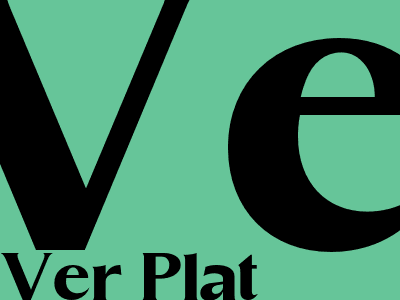
How To Write Blog Posts That Rank on Page 1 of Google
Introduction
Are you tired of writing blog posts that languish on page 2 or 3 of Google? Do you want to learn how to write blog posts that rank on page 1? If so, then this guide is for you.
Why Should You Care About Ranking on Page 1?
Ranking on page 1 of Google is important because it can lead to a significant increase in traffic to your website. According to a study by Chitika, the top 3 results in Google search results get 55% of all clicks. Therefore, if you can rank your blog posts on page 1, you can get a lot more traffic to your website.
How to Write Blog Posts That Rank on Page 1
Now that you know why ranking on page 1 is important, let's take a look at how to do it. There are a few key things that you need to do in order to rank your blog posts on page 1:
- Choose the right keywords
- Write high-quality content
- Build backlinks to your blog posts
- Optimize your blog posts for on-page SEO
- Promote your blog posts on social media
How To Find The Right Keywords
The first step to writing a blog post that ranks on page 1 is to choose the right keywords. This means finding keywords that are relevant to your topic and that people are actually searching for.
There are a few different ways to find keywords. You can use Google Keyword Planner, SEMrush, or Ahrefs. These tools will help you find keywords that are relevant to your topic and that have a high search volume.
How To Write High-Quality Content
Once you have chosen your keywords, it's time to start writing your blog post. The most important thing is to write high-quality content that is informative, engaging, and well-written.
Here are a few tips for writing high-quality content:
- Use a catchy headline
- Write an engaging introduction
- Use subheadings and bullet points to break up your text
- Use images and videos to make your content more visually appealing
- Proofread your work carefully before publishing it
How To Build Backlinks To Your Blog Posts
Backlinks are one of the most important factors in ranking on page 1 of Google. A backlink is a link from another website to your website. When another website links to your blog post, it tells Google that your content is valuable and authoritative.
There are a few different ways to build backlinks to your blog posts. You can:
- Guest post on other websites
- Submit your blog posts to directories
- Reach out to other websites and ask for them to link to your content
- Create infographics and other shareable content that other websites will want to link to
How To Optimize Your Blog Posts For On-Page SEO
On-page SEO is the practice of optimizing your blog posts for the search engines. This includes things like using the right keywords in your title, meta description, and body text, as well as making sure your blog posts are mobile-friendly and easy to read.
Here are a few tips for optimizing your blog posts for on-page SEO:
- Use your keywords in your title, meta description, and body text
- Make sure your blog posts are mobile-friendly
- Use short paragraphs and bullet points to make your content easy to read
- Use images and videos to break up your text
- Add social sharing buttons to your blog posts
How To Promote Your Blog Posts On Social Media
Once you have written and optimized your blog posts, it's time to promote them on social media. Social media is a great way to get your blog posts in front of a wider audience.
Here are a few tips for promoting your blog posts on social media:
- Share your blog posts on Twitter, Facebook, LinkedIn, and other social media platforms
- Use social media to drive traffic to your blog
- Use social media to build relationships with other bloggers and influencers
Conclusion
Ranking on page 1 of Google is not easy, but it is possible if you follow the tips in this guide. By choosing the right keywords, writing high-quality content, building backlinks, optimizing your blog posts for on-page SEO, and promoting your blog posts on social media, you can increase your chances of ranking on page 1 and getting more traffic to your website.